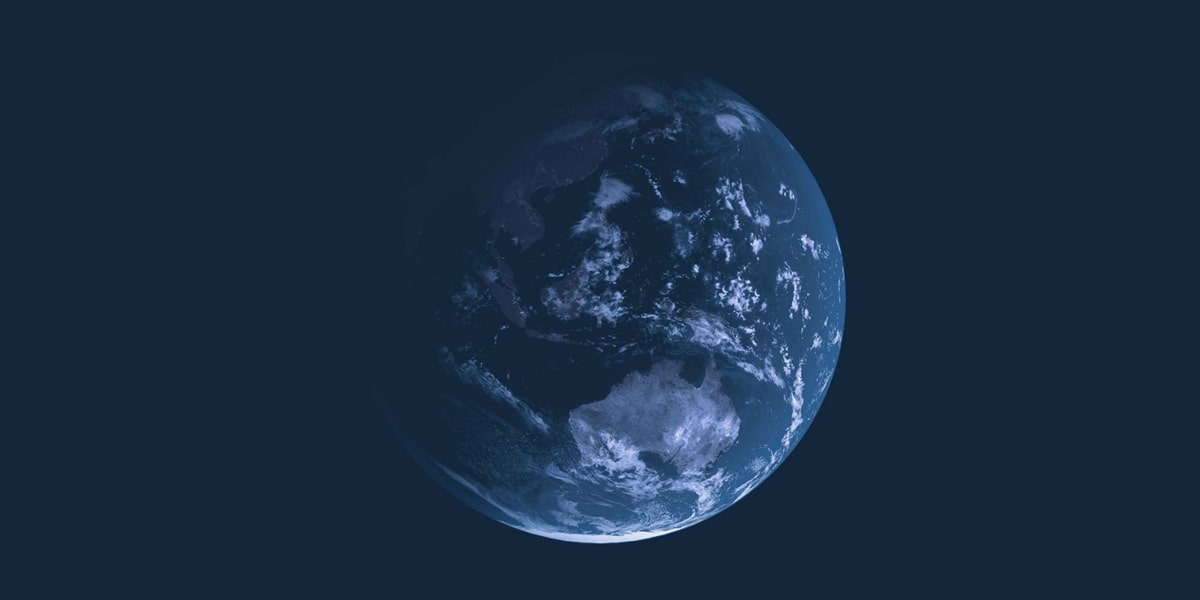The Pacific has pulled off a coronavirus miracle. But it comes at a price
Originally published in ABC News.

Across the world only a handful of countries remain COVID free. Ten of them are in the Pacific.
Through foresight and a bit of luck our Pacific neighbours have pulled off a miracle by walling themselves off from the outside world early, protecting their vulnerable communities and weak health systems.
No amount of luck or foresight could help the Pacific avoid the economic devastation trailing in the disease's wake. Pacific economies are dependent on the outside world — be it through tourism, commodities, trade, migration or aid. COVID-19 has disrupted all these economic ties and brought ruin to Pacific economies.
The numbers are eye watering. Fiji expects its economy to contract by 21.7 per cent this year. Vanuatu expects to lose two in every five of its formal sector jobs. A region-wide economic contraction of more than 10 per cent this year is on the cards.
Most Pacific governments do not have the financial firepower to fight back against this economic collapse on their own. Budgets are already stretched and largely in deficit.
Many countries are locked out of foreign debt markets, and those that do have access are charged crippling interest more than 10 times higher than the sub 1 per cent rates Australia enjoys.
Fortunately, the Pacific countries are not in this alone, and have benefited from a resurgence of attention in recent years.
Last week the Lowy Institute released the third iteration of its Pacific Aid Map, the largest and most comprehensive database of aid information ever assembled for the Pacific, which now tracks aid up to 2018.
Our data shows aid in the Pacific surged in 2018 by more than 25 per cent to reach a historic US$2.89 billion, equivalent to roughly 8.5 per cent of the region's GDP. This surge, driven by every major donor in the region, aligns with the heightened geopolitical tensions in the region as Western nations become more anxious about China's growing presence in the region.
While the Pacific nations may find the spotlight uncomfortable and condescending, the renewed attention has brought with it a silver lining of greater aid resourcing.
So where is China now?
One country conspicuously absent in this scale-up has been the very country creating so much anxiety.
While Chinese aid to the Pacific did increase by 11 per cent in 2018 to US $242 million — largely in the form of cheap loans — preliminary analysis shows this support falling off a cliff in 2019 to $121 million.
It gets worse in 2020, where the Lowy Institute has only identified $4 million in new commitments (on top of those from previous years) made to the region despite its dire economic situation.
The reduction of Chinese aid to the Pacific could be for any number of reasons. It could be that China lost interest in the Pacific after Xi Jinping's rockstar appearance at the APEC Leaders' Summit in Port Moresby in late 2018.
China may have decided the Pacific delivered diminishing strategic benefit thanks to the reengagement of the West and waning interest from Pacific governments. Or it may be that Chinese aid served its purpose in the Pacific, acting as the conduit by which Chinese State-Owned Enterprises could enter the Pacific markets and put down deep roots.
No one in the Pacific in 2020 will tell you that the Chinese presence feels diminished. For whatever reason, China has been missing in action for the Pacific during the pandemic.
Our flagship foreign policy
The handing down of Australia's Federal Budget this week is also telling of how challenging it will be for even the most committed of partners to keep up these historic levels of aid to the region.
Headline aid is maintained at $4 billion, with a two-year supplement of $300 million which the Government has acknowledged can also be considered aid.
That will be a relief to many in the sector, but it is still a record low as a share of GNI. Within that allocation, to the Pacific increases to $1.44 billion.
The "Pacific Step Up" is Scott Morrison's flagship foreign policy initiative and the Government is clearly conscious of the severe challenges facing the Pacific. But even with this focus it could only put together a minor increase, with much of the previous increases in focus on the region coming at the expense of other regions also doing it tough.
Given the harsh economic realities at home and record-breaking deficits and debt, it is also not surprising.
Donors face an economic reckoning
So how can donors adjust to help the Pacific weather this economic crisis?
The region has been well placed by a surge in aid to record levels ahead of the crisis. There will be very little appetite for further increases as every donor faces its own economic reckoning.
A lot of work will instead have to be done beneath the surface, with donors being creative and adapting to divert existing aid budgets from their long-term development objectives to short-term crisis recovery.
Priorities should be around keeping services moving, plugging holes in government finances through direct budget support, and for more solvent nations using our credit rating to help restructure their debts and reduce their debt servicing burdens.
Every bit of support from Australia and others, including China, will be necessary to stop a lost decade of development in the Pacific.
While that support may help stem the bleeding, the only thing that will be able to stop it will be for borders to reopen between these COVID-free countries and Australia and New Zealand.
For that to happen, we rely on the behaviour of every Australian, not just those sitting in the halls of Parliament.
Jonathan Pryke is the Director of the Pacific Islands Program at the Lowy Institute and Alexandre Dayant is a research fellow in the same program. Last week they released the third iteration of the Pacific Aid Map.


